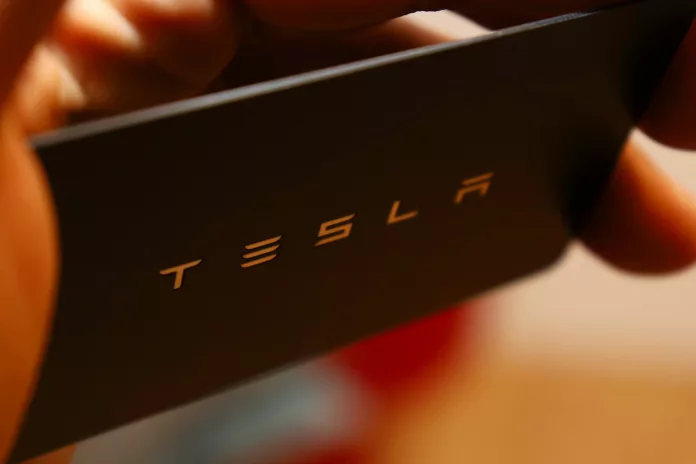The tech and automotive worlds have been buzzing with discussion since Elon Musk announced a significant workforce reduction at Tesla, cutting 10% of its staff. This news has sparked a flurry of speculation regarding the future of the company and the electric vehicle (EV) industry as a whole.
The Analysts’ Perspective
Financial experts from JP Morgan have weighed in, suggesting that the reduction in production capacity is more reflective of diminishing demand than supply issues. They caution that this could spell trouble for Tesla’s previously untouchable growth narrative and potentially lead to a 13% year-over-year revenue decline in the next quarter.
Supporters of Tesla have long been boosted by optimistic projections, with some like Cathie Wood from ARK Investments estimating Tesla’s stock could soar to $2000 per share by decade’s end. Yet, such future predictions are inherently fraught with uncertainty and risk.
Executive Departures at Tesla
Amidst this tumult, two significant figures at Tesla, Drew Baglino and Rohan Patel, have also decided to depart. This raises questions about whether there are internal concerns about the company’s trajectory or if this is standard executive turnover—however, the timing is certainly unfavorable and has not gone unnoticed.
The EV Market and Tesla’s Position
The S Curve model, often referenced in the context of market adoption of new technologies, starts with slow initial uptake followed by rapid growth. With EV sales exceeding 5% in many markets, proponents argue that electric cars are about to take off. However, Tesla’s ability to capitalize on this potential growth is in question, as ongoing innovation is key, and some argue Tesla has missed critical opportunities.
Competitors, particularly BYD from China, have employed different strategies than Tesla, targeting mass-market vehicles and overtaking Tesla as the world’s largest EV manufacturer. This is reminiscent of how other global automotive giants like Volkswagen and Toyota gained their footholds in the industry.
Product Evolution: Comparing Tesla to Apple
One might look at Apple‘s constant evolution of the iPhone to understand the power of newness in marketing—a sharp contrast to Tesla, whose Model Y has seen little change since its introduction. One of Tesla’s boldest moves has been its focus on robotaxis, a gamble that places its future on a single innovation that might be outpaced by the competition.
The Ripple Effects of Tesla’s Layoffs
Zachary Shahan of CleanTechnica discussed the potential implications of Tesla’s layoffs, with some expressing the view that Tesla’s stock value is more so a referendum on Elon Musk’s leadership than on the company’s fundamentals. Comparisons between Musk and the Wizard of Oz are drawn, questioning whether the enigmatic Musk can continue to wield the same influence as realities within Tesla begin to surface.
Critics also suggest that Tesla’s recent layoffs betray a disregard for the S Curve’s demands for constant innovation and competitive awareness. The comparison drawn to Jack Welch’s management tactics at GE, where workforce pruning was standard, paints a grim picture of Tesla’s internal culture.
An Iconic Reference: The Wizard of Oz
The tale of the Wizard of Oz offers an allegorical backdrop with the illusion of the Great and Powerful Oz, unmasked by mere chance, serving as a metaphor for the eventual revelation of truth and the subsequent shattering of the illusion—much like the current perception shifts surrounding Musk and his empire.
The Human Cost of Tesla’s Decisions
The recent layoff notification process at Tesla, reportedly carried out via email with little warning, has been criticized as inhumane, showing a disregard for the dignity of the employees involved. Firing staff in such a manner, especially when juxtaposed with Musk’s public celebrity engagements, has struck a nerve with both the public and workforce alike.
As Tesla navigates lower deliveries, falling stock prices, and a decompression of the “Tesla balloon,” it’s apparent that the once-celebrated revolution Musk heralded is now facing serious tests. The absence of seasoned industry leadership, aside from Musk’s own vision, may indeed not bode well for the future of the company.


























